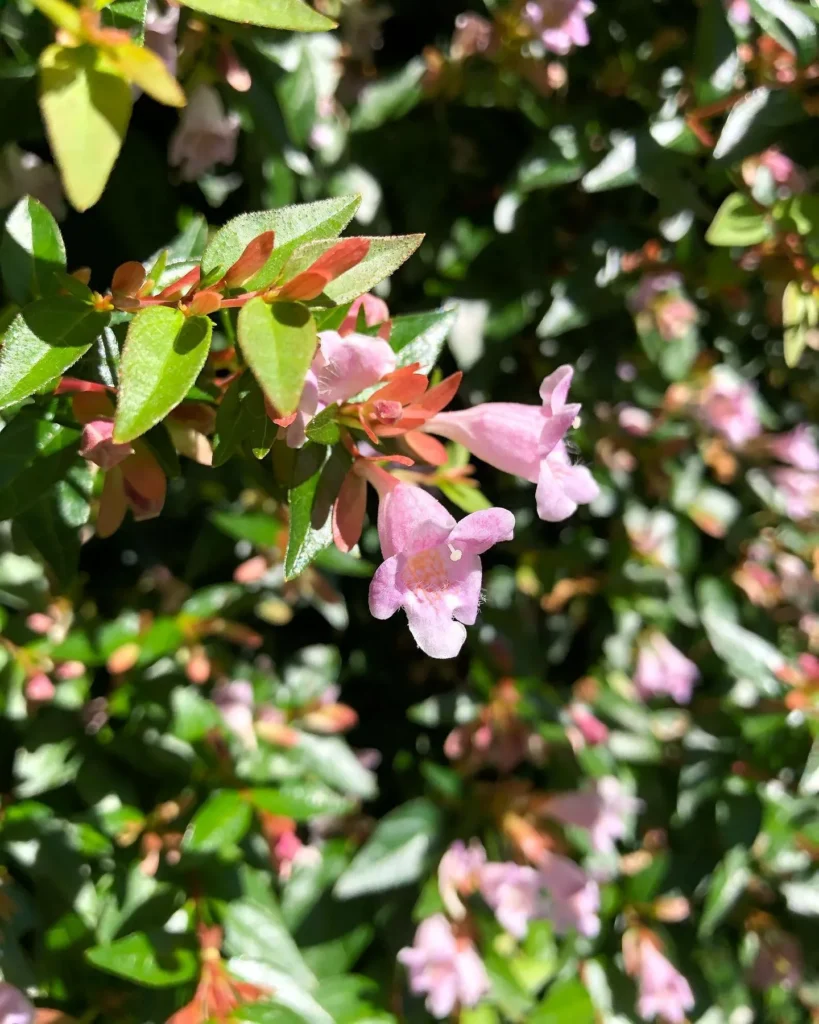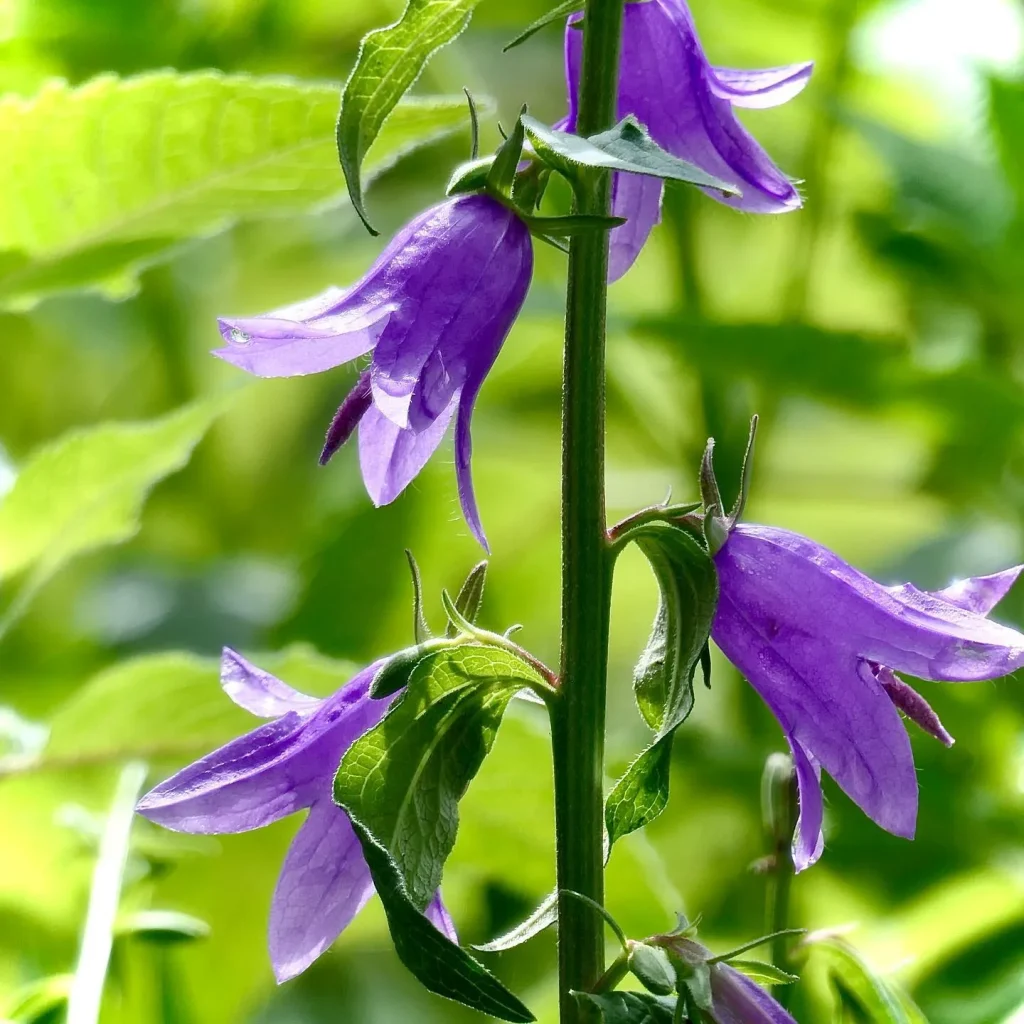FAQs About Lonicera Maackii
Lonicera Maackii, also known as Amur Honeysuckle, is a fascinating plant species that stirs up many questions among gardeners and homeowners alike. From its care to its impact on local ecosystems, it’s important to dive into the details of this species to better understand it.
162 Species in Genus Lonicera
Is Lonicera Maackii Native to Ohio?
No, Lonicera Maackii is not native to Ohio. It was introduced from East Asia in the 19th century. Originally, it was brought over for ornamental use and as a hedge plant, but over time, it became highly invasive in various parts of the U.S., including Ohio. Its fast growth and adaptability allowed it to spread rapidly in forests, fields, and even urban areas. Today, it’s often considered a serious ecological threat due to its ability to outcompete native plants for sunlight, water, and nutrients.
What is the Difference Between Lonicera Maackii vs Tatarica?
The confusion between Lonicera Maackii and Lonicera Tatarica is common because both are species of honeysuckle that have similar growth habits. However, there are some notable differences:
- Lonicera Maackii (Amur Honeysuckle): Typically grows as a large shrub, reaching up to 20 feet in height. It has white flowers that turn yellow as they age, and its berries are red. Its leaves are broader, and its overall growth is more aggressive, making it more invasive than Lonicera Tatarica.
- Lonicera Tatarica (Tatarian Honeysuckle): Grows shorter, often between 6 to 12 feet, and is also invasive but not as prolific. The flowers of Lonicera Tatarica are usually pink or white, and its berries can be either red or orange. While still invasive, it tends to have a less harmful effect compared to Lonicera Maackii.
How to Care for Lonicera Maackii?
Caring for Lonicera Maackii is relatively simple due to its hardy and invasive nature. However, if you want to maintain it responsibly:
- Soil: It thrives in a variety of soil types, including clay, loamy, and sandy soils.
- Sunlight: Full sunlight is ideal, but it can tolerate partial shade.
- Watering: While drought-tolerant, regular watering in the early stages of growth can help establish a strong root system.
- Pruning: Due to its fast growth, regular pruning is necessary to control its spread and shape.
- Fertilizing: Not necessary in most cases, as the plant can easily thrive in poor soils.
How to Propagate Lonicera Maackii?
Propagating Lonicera Maackii is easy, but I would advise caution given its invasive nature. If you still want to propagate it:
- Cuttings: Take a softwood cutting in spring. Remove the lower leaves and place it in moist soil or water until roots develop.
- Seeds: Collect berries and extract the seeds. Sow them in the fall for natural stratification, or store them in a cool place for spring planting.
- Layering: You can also bend a branch to the ground, cover it with soil, and wait for roots to develop at the buried section.
Can You Grow Lonicera Maackii Indoors?
While Lonicera Maackii can technically be grown indoors, it’s not an ideal plant for indoor environments due to its large size and vigorous growth. It requires ample space, direct sunlight, and consistent airflow, making it better suited for outdoor cultivation. If you’re seeking a honeysuckle variety to grow indoors, consider a smaller, less invasive species.
Is Lonicera Maackii Toxic?
Yes, Lonicera Maackii can be toxic to humans and pets if ingested. The berries, in particular, contain compounds that can cause digestive upset, including vomiting and diarrhea. While birds seem to tolerate the berries, it’s best to keep them out of reach of pets and small children.
What are the Benefits of Lonicera Maackii?
Despite its invasive tendencies, Lonicera Maackii does offer some benefits, especially for wildlife:
- Erosion control: Its dense root system can help stabilize soil on slopes or areas prone to erosion.
- Wildlife habitat: Birds are attracted to the dense branches for nesting, and they also eat the red berries, which help disperse the seeds.
However, the negatives far outweigh the positives, particularly when it comes to the long-term ecological balance.
What are the Common Problems Associated with Lonicera Maackii?
The main issue with Lonicera Maackii is its invasiveness. It spreads quickly, forming dense thickets that choke out native plants and reduce biodiversity. This has caused concern among ecologists and land managers, particularly in areas like Ohio, where it has overrun forests and natural spaces. If left unchecked, it can completely alter the local ecosystem, making it difficult for native plants and animals to thrive.
What Should You Plant with Lonicera Maackii?
If you’re looking to complement Lonicera Maackii in the garden (again, caution is advised), you could plant it with other hardy, fast-growing shrubs or trees that can tolerate competition. Plants like:
- Dogwood (Cornus species)
- Sumac (Rhus species)
- Viburnum
These plants can withstand the aggressive nature of Lonicera Maackii but might still be outcompeted if not carefully managed.
Compare Lonicera Maackii with Other Honeysuckle Species
There are various types of honeysuckle, but Lonicera Maackii stands out due to its invasiveness. Compared to Lonicera Japonica (Japanese Honeysuckle), which is a vining type, Lonicera Maackii is more of a shrub. Both are non-native and invasive in the U.S., but Lonicera Maackii tends to grow faster and taller, with a greater impact on native ecosystems.
Final Thoughts
Lonicera Maackii is a powerful plant, both in its ability to grow and in the impact it can have on the environment. While it has some appealing qualities for gardeners, especially in terms of ease of care and wildlife benefits, its invasiveness is a major drawback. For those of us living in places like Ohio, it’s important to consider the consequences of introducing or maintaining this plant in the landscape. Always weigh the ecological impact before planting.
If i die, water my plants!



